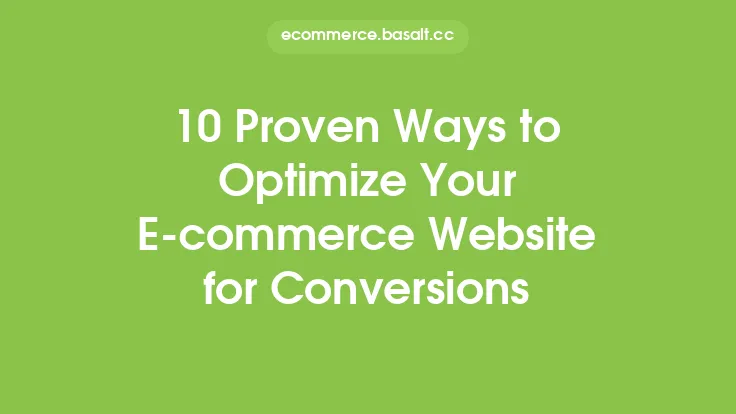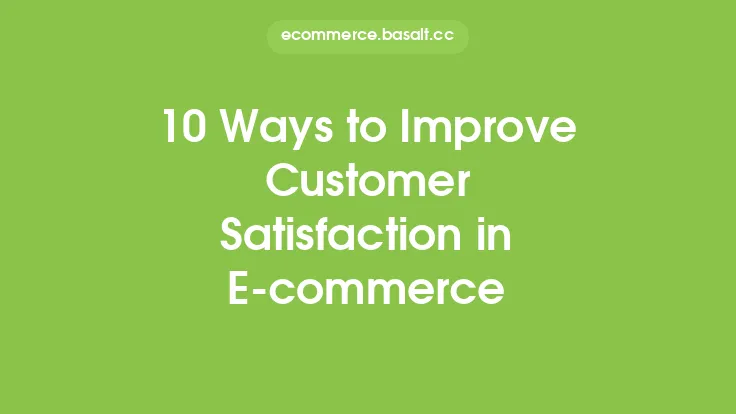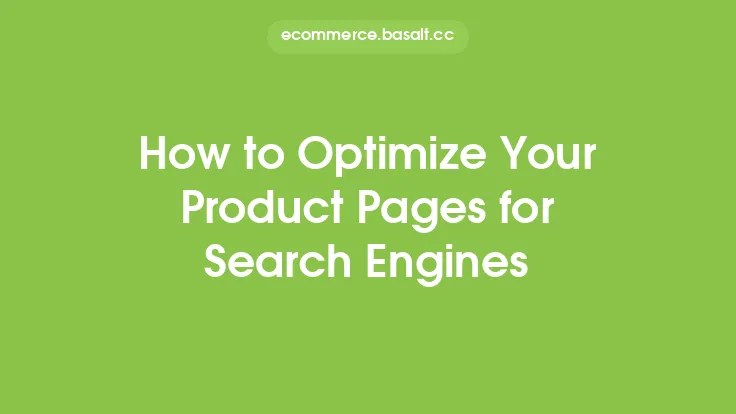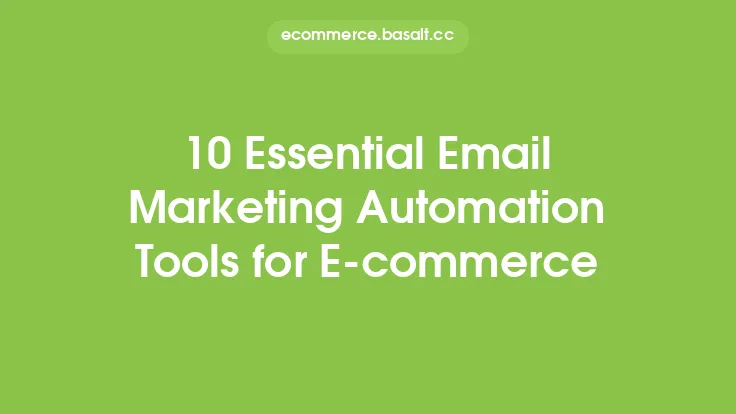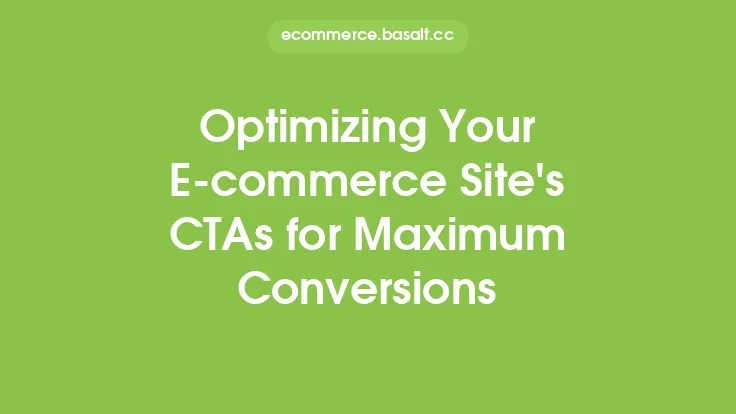When it comes to e-commerce marketing, one of the most critical aspects of a website is the product page. This is where customers make their purchasing decisions, and a well-optimized product page can significantly increase conversions. In this article, we will explore 10 proven ways to optimize your e-commerce product pages for conversions, focusing on evergreen strategies that can benefit businesses in the long run.
Understanding the Importance of Product Pages
Product pages are the backbone of any e-commerce website. They provide customers with the information they need to make informed purchasing decisions, and they play a crucial role in building trust and credibility with potential buyers. A well-designed product page can help to increase conversions, improve customer satisfaction, and reduce bounce rates. On the other hand, a poorly designed product page can lead to confusion, frustration, and ultimately, a loss of sales.
Optimizing Product Page Content
One of the most critical aspects of a product page is the content. This includes the product description, images, videos, and customer reviews. To optimize product page content, businesses should focus on creating high-quality, detailed, and engaging descriptions that highlight the key features and benefits of the product. Images and videos should be high-resolution and showcase the product from different angles, while customer reviews should be encouraged and showcased prominently on the page.
Using High-Quality Product Images
High-quality product images are essential for e-commerce product pages. They help to build trust and credibility with potential buyers, and they provide customers with a clear understanding of what the product looks like. To optimize product images, businesses should use high-resolution images that showcase the product from different angles. They should also consider using lifestyle images that show the product in use, as well as images that highlight the product's features and benefits.
Creating Compelling Product Descriptions
Product descriptions are a critical component of any product page. They provide customers with the information they need to make informed purchasing decisions, and they help to build trust and credibility with potential buyers. To create compelling product descriptions, businesses should focus on highlighting the key features and benefits of the product. They should also use a clear and concise writing style, and avoid using jargon or technical terms that may confuse customers.
Leveraging Customer Reviews and Ratings
Customer reviews and ratings are a powerful tool for e-commerce businesses. They help to build trust and credibility with potential buyers, and they provide customers with a clear understanding of the product's quality and performance. To leverage customer reviews and ratings, businesses should encourage customers to leave feedback on the product page. They should also showcase customer reviews and ratings prominently on the page, and use them to improve the product and the overall customer experience.
Optimizing Product Page Layout and Design
The layout and design of a product page can have a significant impact on conversions. A well-designed product page should be easy to navigate, with clear and concise content that is easy to read. The page should also be optimized for mobile devices, with a responsive design that adapts to different screen sizes and devices. To optimize product page layout and design, businesses should focus on creating a clean and simple design that is easy to navigate. They should also use clear and concise headings, and avoid cluttering the page with too much content.
Using Social Proof to Increase Conversions
Social proof is a powerful tool for e-commerce businesses. It helps to build trust and credibility with potential buyers, and it provides customers with a clear understanding of the product's popularity and quality. To use social proof to increase conversions, businesses should showcase customer reviews and ratings prominently on the product page. They should also use trust badges and security seals to reassure customers that the website is secure and trustworthy.
Optimizing Product Page Loading Speed
Product page loading speed is a critical component of any e-commerce website. A slow-loading page can lead to frustration and boredom, and it can ultimately result in a loss of sales. To optimize product page loading speed, businesses should focus on reducing the page's file size, and optimizing images and other media. They should also use a content delivery network (CDN) to reduce the distance between the customer and the website, and improve the overall loading speed.
Using Clear and Concise Calls-to-Action
Clear and concise calls-to-action (CTAs) are essential for e-commerce product pages. They help to guide customers through the purchasing process, and they provide a clear understanding of what the customer needs to do next. To use clear and concise CTAs, businesses should focus on creating prominent and visible buttons that stand out from the rest of the page. They should also use a clear and concise writing style, and avoid using jargon or technical terms that may confuse customers.
Analyzing and Optimizing Product Page Performance
Finally, businesses should analyze and optimize product page performance on a regular basis. This involves tracking key metrics such as conversion rates, bounce rates, and average order value, and using the data to identify areas for improvement. To analyze and optimize product page performance, businesses should use tools such as Google Analytics, and A/B testing software to compare different versions of the page. They should also conduct customer surveys and gather feedback to improve the overall customer experience. By following these 10 proven ways to optimize e-commerce product pages, businesses can increase conversions, improve customer satisfaction, and drive long-term growth and success.
